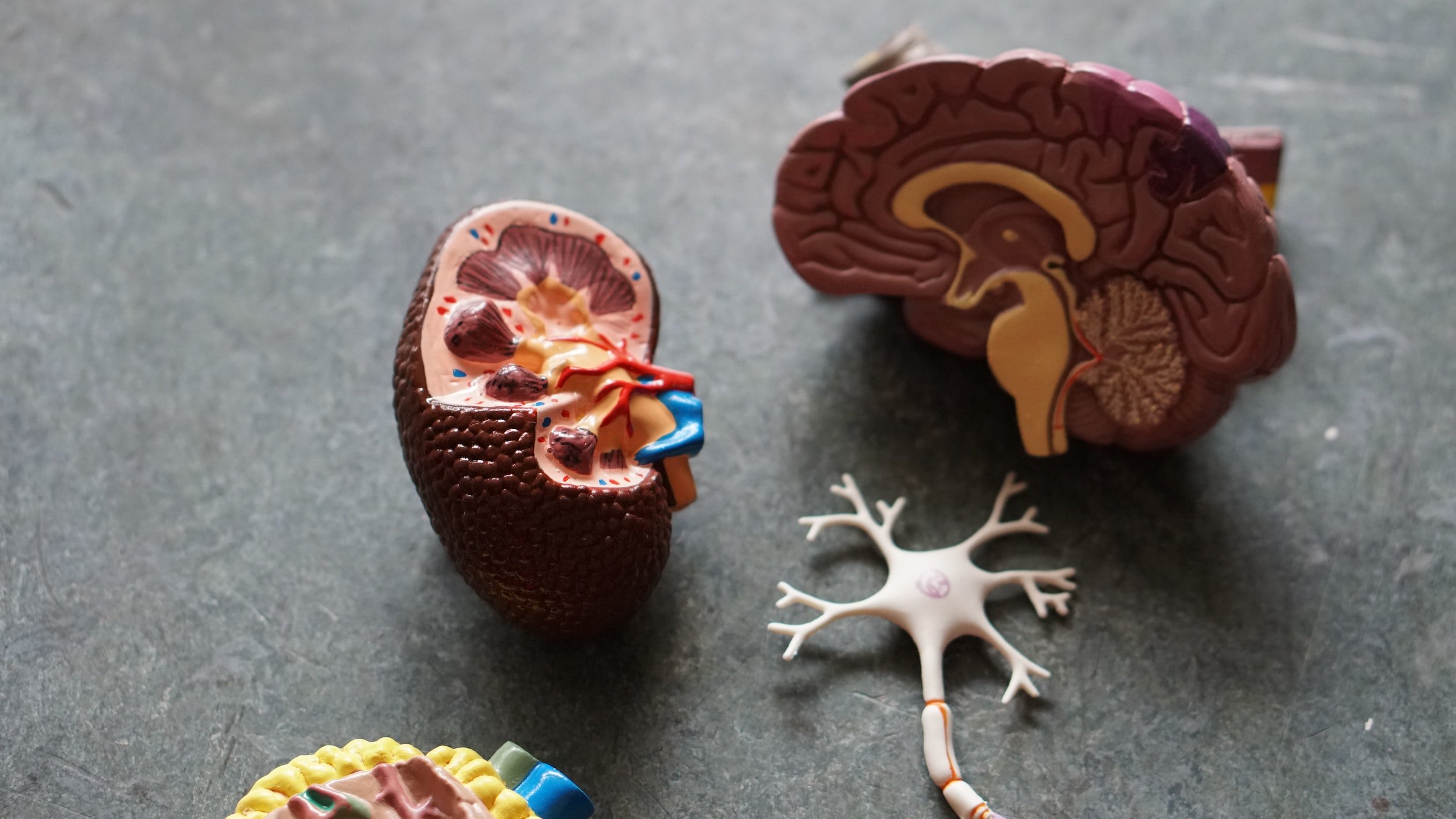
What is multi-sensory training?
Multi-sensory training (MST) is a proven clinical intervention that helps the brain learn or relearn multi-sensory processing…the brains first phase of all learning. All subsequent learning is built upon multi-sensory processing being on “autopilot”. MST, in part, accomplishes this via direct action on the individual’s autonomic nervous system.
MST provides the foundation for higher level (cortical) interventions. These include classroom instruction, vision therapy, speech therapy, cognitive therapy, mental health counseling, occupational therapy, tutoring, sports training, and any other top-down/cortical-based approaches that presume a solid base of sensory processing exists in the individual’s brain.
Using the EyeLux Integrations Multi-Sensory Table system, MST involves simultaneous application of syntonic frequencies of colored light, vestibular stimulation (motion), auditory training, and somatosensory input. It is NOT a stand-alone intervention, but rather a powerful adjunct to the overall care of those suffering sensory processing dysfunctions often associated with concussion, general learning difficulties, ADHD, anxiety, PTSD, autism, sleep disturbances, emotional dysregulation, Long-Haul COVID, and more.
MST also has been shown to enhance sport performance by improving the communication of peripheral vision with motor skills. MST enhances reactive motor instincts.

What is multi-sensory processing?
Multisensory processing describes the ability of an intact, well-developed brain to receive information from multiple sensory pathways and modulate these inputs for optimal identification of and reactivity to environmental events. This is a biological example of the whole being greater than the sum of its parts. This ability of the brain has significantly contributed to our survival. It’s why we can do most of everyday navigation in our environment securely and efficiently without thinking about it. When a brain struggles with multi-sensory processing, we have to be “deliberate” versus being “automatic” in activities of daily living.

What does MST help?
MST is successful at facilitating a child’s self-development of multi-sensory processing which is often delayed in autism, ADHD, behavioral, general learning difficulties, and more).
MST helps traumatic brain injury (TBI) patients regain efficiency in their multi-sensory pathways after having been compromised as a result of the head injury. Our research on the use of MST with post concussion syndrome patients is convincing!
MST is often an excellent wellness tool for those suffering from anxiety, PTSD, car sickness, adult ADHD, emotional regulation, sleep difficulties, Long-Haul COVID, and more.
MST also has been shown to enhance sport performance by improving the communication of peripheral vision with motor skills. MST enhances reactive motor instincts.
Concussion Rehabilitation
Concussion can cause disruption of the neuro-pathways that provide multi-sensory processing. Many of the persistent symptoms associated with mTBI are a result of this disruption.
MST helps the concussed patient relearn the subconscious skill of multi-sensory processing via a repetitive, non-cognitive, safe, and controlled protocol. This results in improvement in dizziness, light sensitivity, brain fog, fatigue, motion sickness, mental focus, emotional stability, and more.
Developmental & Learning Delays
Developmental and learning delays are often a result of a child not having optimal multi-sensory integration and processing skills. MST helps a child learn the subconscious skill of multi-sensory modulation.
MST has also been shown to be very effective clinically in assisting children (non concussion based) overcome delays in sensory processing disorders often associated with ADHD, anxiety, or autistic based delays. MST is designed to help these children be more calm and confident in their environment (both new and familiar) and therefore more fully engage in life activities. This includes school, home, social encounters, tutoring, and more.



